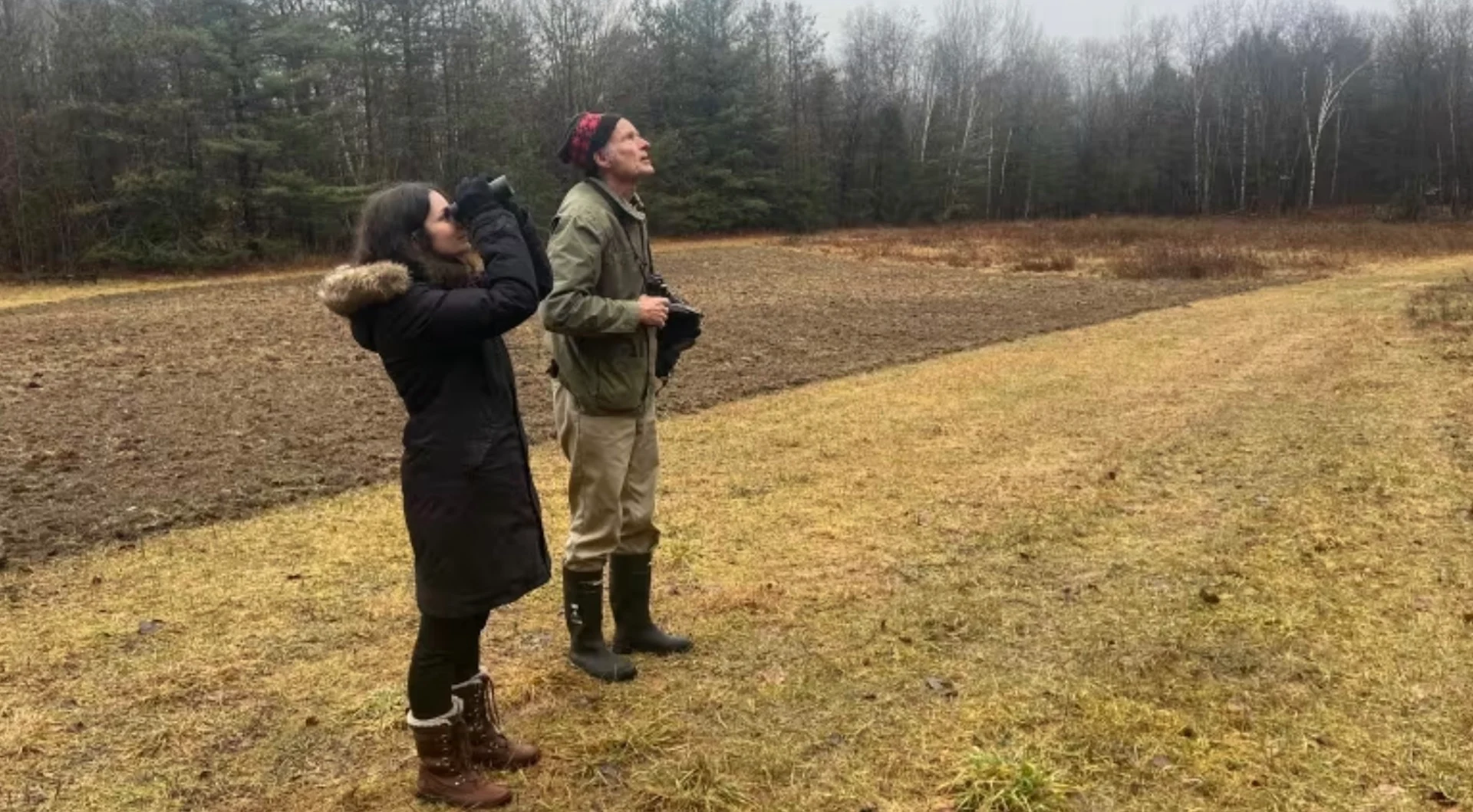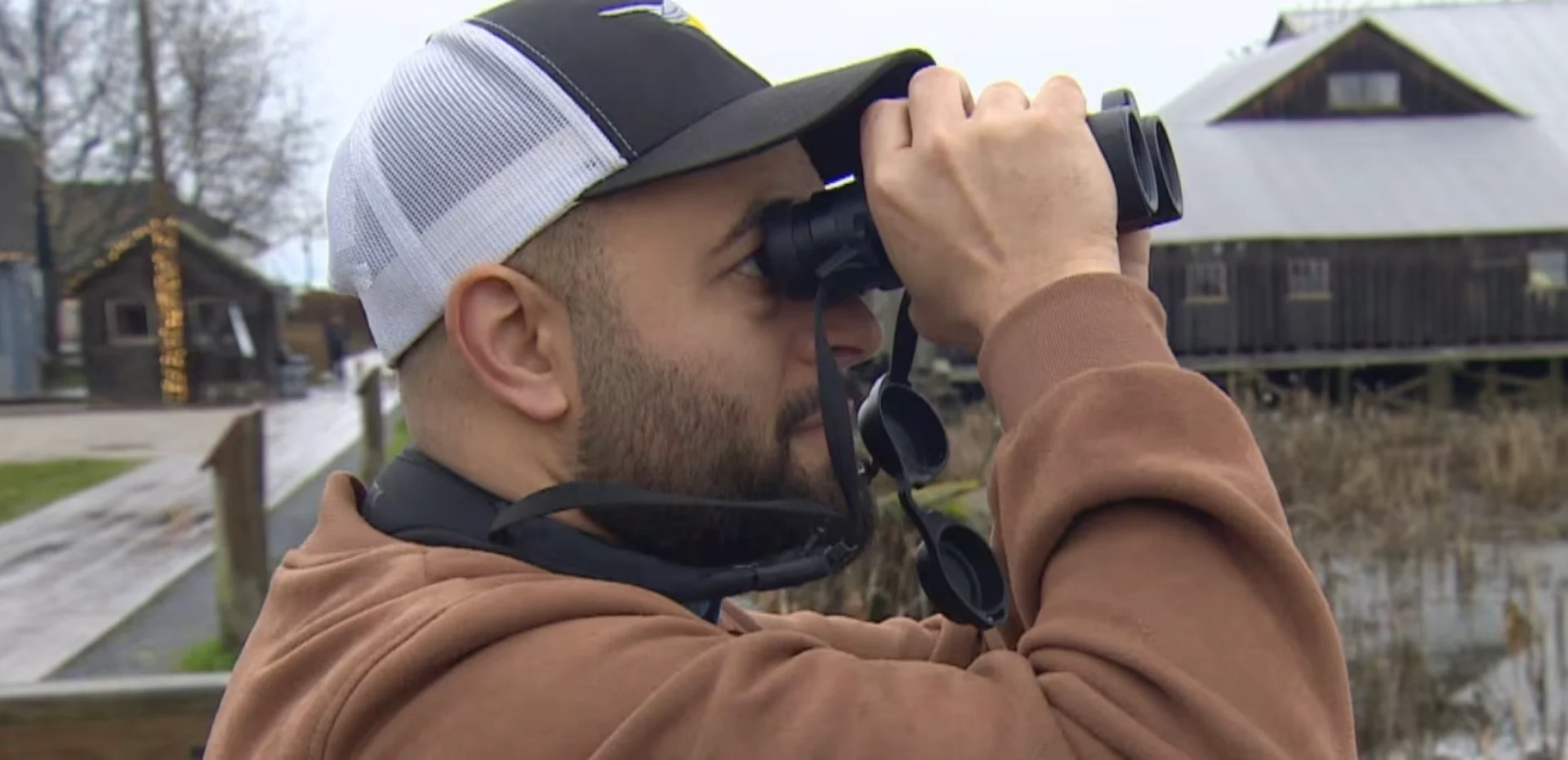
How a winter bird count became an important tool in tracking climate impacts
For three weeks every winter, thousands of volunteers across Canada take part in a research project in which they spend a day counting every single bird they see.
The annual Christmas Bird Count, which started in 1900, is North America's longest-running citizen science project, according to Birds Canada. And with climate change impacting bird migration patterns, experts say it plays a significant role in tracking the effects of the changing climate on bird populations.
DON'T MISS: What does a birdsong say? P.E.I. watershed group listens and learns
"It's more important than ever right now to continue doing this because we now have 120-plus years of data," said Birds Canada's Yousif Attia, who co-ordinates the bird count in this country. "We're starting to see increased impacts of climate change.
"We're seeing it affecting the birds. And we just need to continue doing this so that we can continue to get ahead of it, if there's any conservation concerns."
The Christmas Bird Count, which takes place between Dec. 14 and Jan. 5 each year, is considered to be an early-winter bird census.

Yousif Attia, who co-ordinates the Christmas Bird Count in Canada, says recent data has revealed that more and more species are starting to winter farther north. (Jean-Marc Poirier/CBC)
About 15,000 bird counters in Canada
As a citizen science project, the count is open to the general public. People in more than 2,000 locations in the Western Hemisphere participate, with about 15,000 bird counters in Canada.
Volunteers either go to a designated area — a circle about 24 kilometres in diameter — and follow a specific route, or monitor a bird feeder in a fixed location, and attempt to count all the birds they see on their assigned day and identify their species.
"It's not going to be absolutely precise," said ecologist James Kamstra, who did his first bird count in 1970. Counters have to "do a lot of estimating," like if there's a flock partially hidden among the trees.
Ultimately, the purpose of the count is to get a snapshot of the diversity and abundance of birds within each circle, which can be compared year-to-year and give scientists population-trend data. If a species or a species group appears to be declining, that could be an early warning that conservation efforts may be needed, Attia said.

The red-bellied woodpecker, left, is one of several bird species that is now found farther north in the winter months. (Carly Thomas/CBC)
Recent data has revealed that more and more species are starting to winter farther north, Attia said, and scientists are starting to see a wider diversity of species.
The red-bellied woodpecker is one bird that is now being found in the north in winter months, Kamstra said.
"Thirty years ago, we didn't even have them here. It was a more southern woodpecker," he said. "They've been moving north and they're common now.
"The milder winters [are] certainly allowing many more species to winter here," he added. "Now one of the issues is that if it's too mild, then there's more diseased birds around the bird feeders."
More diversity in birding
The data from the count also informs scientific bodies that make recommendations to the Government of Canada as to which species should be considered for species-at-risk designation, Attia said.
The bird count is also seeing a broader demographic of people volunteering, he said.
"We're seeing more and more participation every year, especially from folks that we wouldn't historically have thought would be interested in birds," he said.
"So we're seeing a lot of young people get involved. We're seeing people from all kinds of diverse backgrounds."
WATCH: What this 2,200-year-old bird poop pile can tell us about the past
Thumbnail image courtesy of Carly Thomas/CBC.
The story was originally written by Mark Gollom and published for CBC News. It contains files from Idil Mussa and Carly Thomas.
